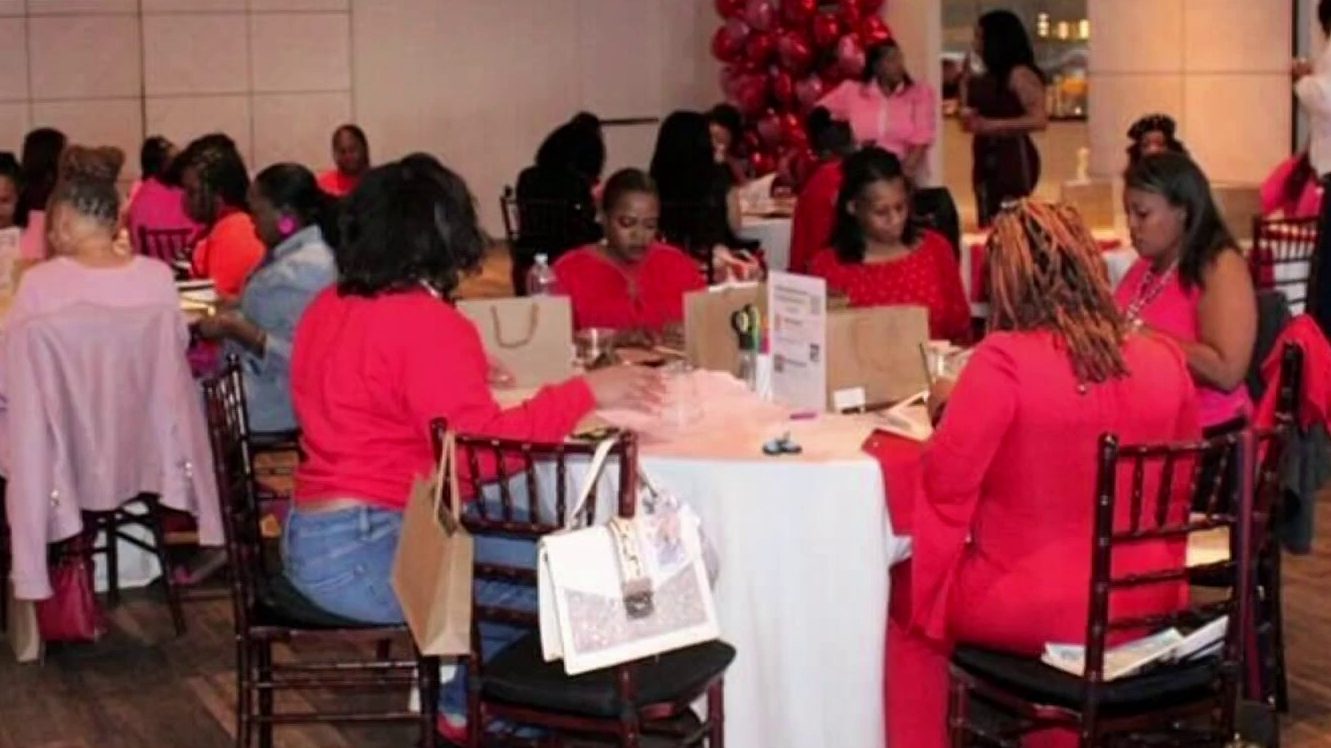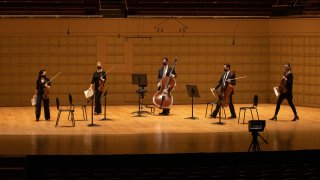
There will be live music for live audiences at the Meyerson Symphony Center this fall. The Dallas Symphony Orchestra (DSO) announced a revised slate of concerts along with coronavirus safety protocols for concertgoers and musicians.
“Audiences have continued to express their hope for us to return to the stage as quick and safely as we can. Furthermore, our musicians are ready to get back to work on the stage. Their career is based on playing together as an orchestra, and they are thrilled to be back together, albeit in smaller groups this September,” Kim Noltemy, Ross Perot President & CEO of the Dallas Symphony Orchestra, said.
The DSO has been busy during the coronavirus pandemic shutdown, playing more than 40 outdoor chamber concerts, recording four performances in the Meyerson Symphony Center for the orchestra’s web site and featuring individual musicians performing at home.
“During tumultuous and stressful times, many turn to music and live performances for healing and comfort. Although we have worked hard to present weekly archived concerts, musician curated live living room concerts, virtual orchestra presentations and so much more, none of it can truly replicate the feeling of watching a live performance or playing on the stage in the Morton H. Meyerson Symphony Center,” Noltemy said.
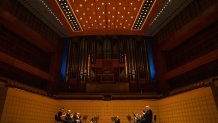
Noltemy and the Dallas Symphony Association board have been working with the head of the Infectious Disease Department at UT Southwestern since the pandemic began.
“They have advised us in each step of our re-opening plans and helped us to figure out how to safely return to the stage when it was time. Protocols like daily COVID testing, mask wearing, social distancing and the use of plexiglass shields for the musicians who cannot wear masks while playing (i.e. our brass and wind instrument sections) was decided upon as the best course of action,” Noltemy said.
Local
The latest news from around North Texas.
The DSO’s fall programs will be performed with no intermission, will be composed of smaller, socially distanced orchestral ensembles, and will allow an audience of only 50-75 patrons. Subscribers will have the first opportunity to reserve tickets for these concerts.
A new robotic camera system and video studio has been installed at the Meyerson Symphony Center, allowing the orchestra to offer their concerts as on-demand or live-streamed events.
Several concerts have been changed or rescheduled, reflecting the new reality of performing in 2020. “Our aim was to stay as close as possible to the original programs planned for Fall 2020. Two programmatic threads have been maintained and, fortunately, in this reduced-size orchestra situation, even strengthened. We have had to be very creative in planning programs that can be performed by no more than 40 musicians, and very often featuring many fewer musicians than that. All of this was guided by the aim to have six feet of social distancing between musicians on our concert hall stage, where we can also utilize our excellent stage extension to manage that required social distancing,” Peter Czornyj, Vice President of Artistic Operations, said. "The Beethoven 250th Anniversary Year (he was born in 1770) will now include more performances of his music in our concerts. And our constant goal to expand the orchestra’s repertoire through the programming of works by underrepresented composers, composers of color and wider ethnic backgrounds, and including the commissioning and performance of new works - not all of which feature a full-size symphony orchestra - is thankfully increasing at this time and all the time."
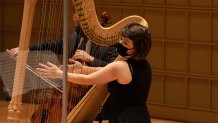
This summer, the DSO announced a new program for November 11. This concert, in partnership with Dallas Black Dance Theatre and Project Unity, will honor lives lost to racial violence and injustice. Baritone Reginald Smith, Jr. will join the DSO and DBDT, and musicians from the Young Strings Program will perform in this concert. The program will include a newly commissioned work by Dallas-based Quinn Mason.
The DSO’s fall concerts will include work by Black composers including Adolphus Hailstork, Scott Joplin, Quinn Mason, Jessie Montgomery, Jelly Roll Morton and George Walker. “We have much work to do in the area of equity, diversity and inclusion,” Noltemy said. “But it is a priority for the DSO, and very soon we will share our comprehensive plan to ensure that the DSO takes a leadership role in this important work.”
Another major programming change: the Dallas Symphony Chorus will not rehearse or perform this fall, forcing the postponement of Verdi’s Requiem. Joshua Habermann, the Dallas Symphony Chorus Director, is developing plans to keep the singers engaged.
“We went out to the chorus with a survey and got their feedback on what they’d like to do while we’re not able to rehearse. Based on that feedback we’re planning on creating a whole suite of activities, both synchronous and asynchronous, to keep us connected until we can gather again,” Habermann said. "Our plans include a series of video interviews, classes of various levels to help sharpen musicianship skills, virtual voice lessons with respected teachers to keep our voices strong, and virtual rehearsals of spring repertoire so that we’re ready to go once we’re able to gather again. All this follows a series of lectures that I did this past spring on the history and structure of upcoming repertoire."
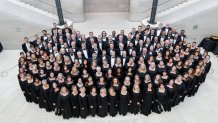
In hopeful anticipation of the day when a large chorus can gather to sing safely, the Dallas Symphony Chorus has added to its ranks. “We’ve also shifted to online auditions, which have been surprisingly successful in growing the size of the chorus to over 220 on the roster,” Habermann said.
Learn more about the Dallas Symphony Orchestra’s safety protocols and fall concerts: https://www.mydso.com/about-the-dso/press-room/news/updatecovid19

